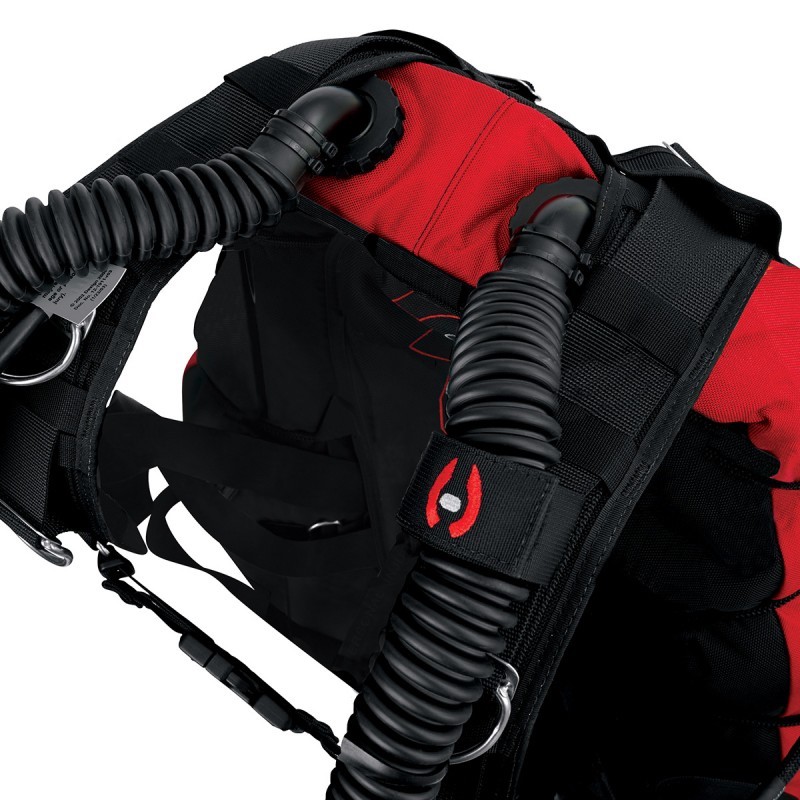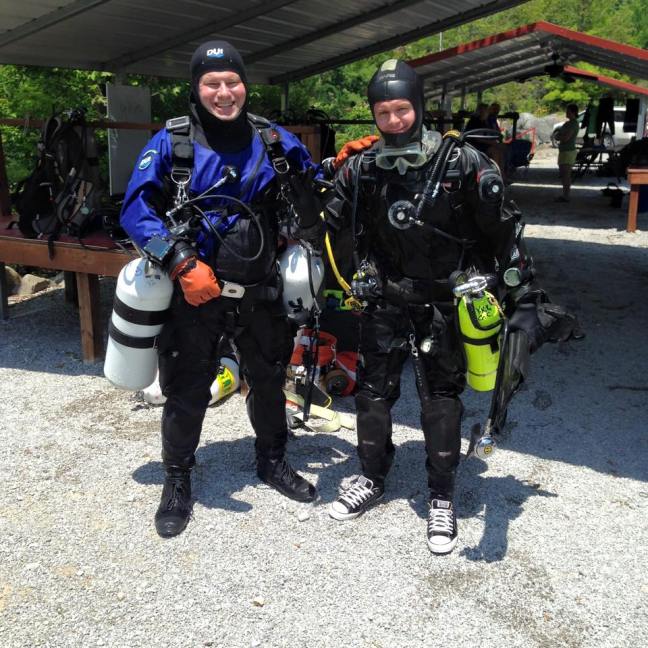This course covers the basis principles of actual cave diving and follows the cavern diver course. This course develops the minimum skills and knowledge required for limited penetration cave diving. This is the second step in development of safe cave diving. This course is aimed at perfecting basic skills and mastering the techniques and procedures required for the most elementary of cave diving. Cave dives are planned around very limited penetrations so the diver may progress into cave diving at a conservative pace. Intro to Cave Diving is not intended to train divers for all facets of cave diving.
Cost: $450
Limits:
Penetrations are limited to one-third (1/3) of a single tank or one sixth (1/6) of doubles, Simple linear penetrations, no complex navigation or dive plans, 130 feet maximum depth, 30 feet starting visibility, no restrictions, no decompression dives and no exploration or goal setting dives.
Prerequisites:
NSS-CDS, NACD, TDI, PADI, or IANTD Cavern Diver Certification.
Duration:
3-days, 1- classroom; 4-dives, at least 90 minutes of bottom time.
Limits:
Penetrations are limited to one-third (1/3) of a single tank or one sixth (1/6) of doubles, Simple linear penetrations, no complex navigation or dive plans, 130 feet maximum depth, 30 feet starting visibility, no restrictions, no decompression dives and no exploration or goal setting dives.
Gear:
- Two first and second stage regulators with SPG for configured for sidemount
- One with a seven to nine foot hose for air sharing
- Approved sidemount harness (dual bladder or dual wings unless drysuit diving)
- Mask and fins (no snorkel, no split fins)
- Primary light with appropriate handle
- Two battery powered lights one of which can not be rechargeable
- Safety spool or reel (~150ft)
- Dive computer (single or multi-gas), and either back-up computer or timer & depth gauge
- Cutting tool such as a line cutter (a leg mounted dive knife is not acceptable)
- Exposure protection (dry suit use requires prior dry suit diving experience)
- Weight system (if needed)
- Two primary cylinders at least 72cuft
- Directional line arrows(at least 3)
Dates:
Please call or e-mail for next available class




